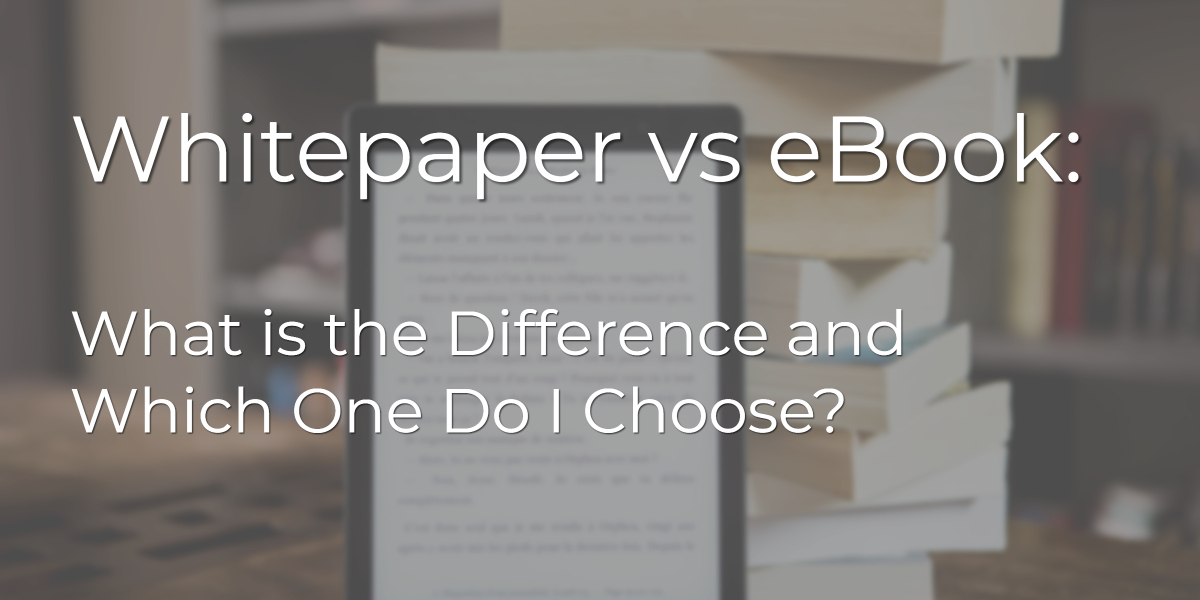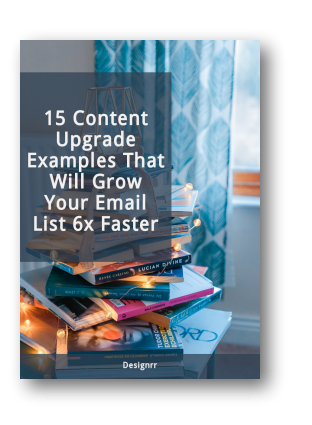Different companies have different marketing tools at their disposal, all of which they use to generate leads. You might use a different method than your competitors, but among those tools, whitepapers and eBooks are the top offers bringing positive results in marketing.
In fact, according to research from Demand Gen Report, 51% of B2B buyers use content during their research process to decide whether to make a purchase or consider a service. The report further shows that, of those buyers, 82% read whitepaper and 67% download eBooks before making a purchasing decision. That is a good enough reason to show how whitepapers and eBooks are very crucial in marketing and especially in boosting lead and helping prospects through the buyer’s journey.
What is the best way to distribute your content to your audience?

The truth is, there are many ways to distribute content today. However, if you are not using whitepaper or eBooks that can take your content to the next level, you might want to start soon. Understanding the difference can help you decide which option is more suitable for your potential customers.
Do you have an idea of what separates the two? Which is the best option? Whitepapers or eBooks? If you are not sure what option is suitable, then keep reading because this piece has everything you need to make a sound decision. Ready?
What is a white paper?

A whitepaper is simply a persuasive, authoritative, in-depth report on a specific topic that represents a problem, then solves it.
Often, they are used to bring up relevant industry issues and always show how a product of services provides a solution to an existing problem.
Basically, whitepapers contain expert knowledge alongside in-depth research. And it is for this reason they are seen as educational resources that encourage readers to look further into the resolution provided, thus generating leads.
When to use a whitepaper?
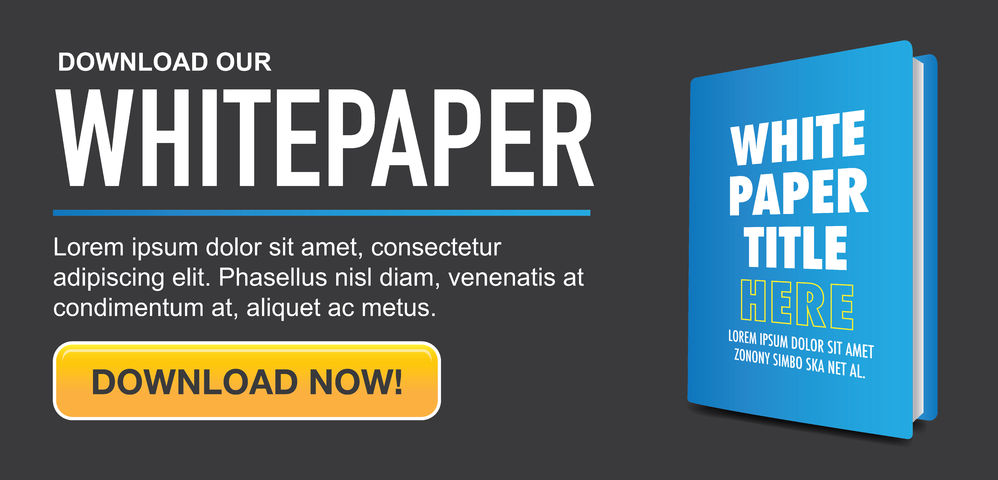 There are times when using a whitepaper is appropriate. Below we take you through such times when it is perfectly ok to use a whitepaper:
There are times when using a whitepaper is appropriate. Below we take you through such times when it is perfectly ok to use a whitepaper:
- When you want to provide detailed industry analysis and thought leadership
The length of whitepapers makes them suitable when you want to provide a thorough analysis. Often, whitepapers are usually between 1000 to 3000 words. This means they have more than enough space to detail about any product or services after research.
Basically, coming up with an analytical piece of content places your brand in a position where it is viewed as a thoughtful leader in the industry. According to Demand Gen Report, 96% of those surveyed stated they want more insights from thought leaders and experts in the content they read. Luckily, whitepapers come in handy in helping companies showcase their industry knowledge.
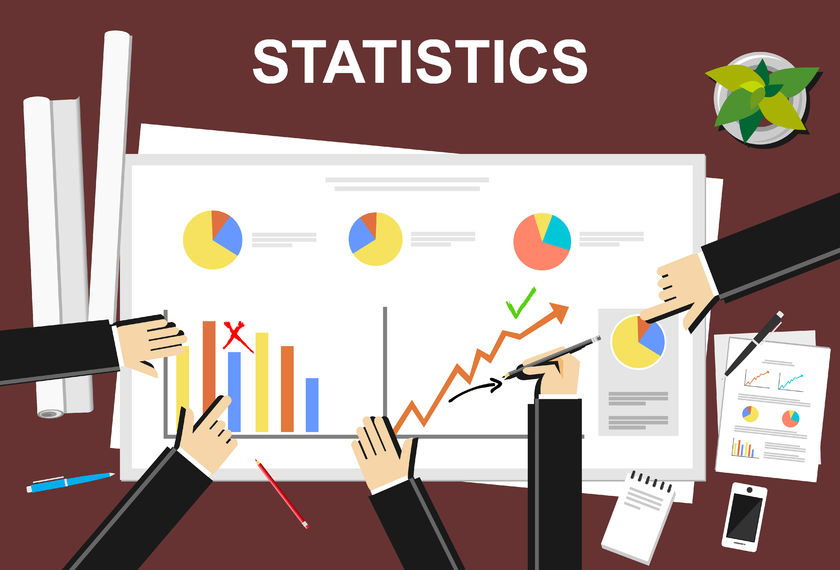
- When you want to educate your audience
Visitors will come to your site for a reason. They are there to look for information about what you do, what you offer, and so on. Making sure they can access information that will convert them into paying customers is very crucial.
Whitepapers allows you to answer every question your visitors are likely to have by providing them with the information they came to find to your brand to find.
- When you want to build trust
Building and keeping customer trust is not always as simple as it seems. In fact, it becomes even harder to build trust when people sense you are more focused on selling a product or service than to offer long-lasting solutions to existing problems.
So how do you build trust using whitepapers? It is simple. You just showcase your expertise and knowledge by offering detailed analysis and thought leadership to your prospects. By simply doing that, your prospects are more likely to view you as a reliable source of information and return to you for future needs.
How do you create a whitepaper?

The first and most crucial step is to pick a topic that you have deep knowledge in, while also keeping your target audience in mind. Here is how you find that topic:
- By speaking with the sales representative to see what prospects are concerned with the most.
- By following key influencers on social media to see what everyone’s talking about.
- By paying keen attention to industry trends through subscribing to market reports.
- Through searching your company’s database for commonly asked questions.
- By checking Google Analytics to see if you already have a high-performing piece of content on your site – then reformat that content into a white paper and redistribute.
- By compiling relevant customer or industry data and publishing as a white paper.
How to make your whitepaper as impactful as possible
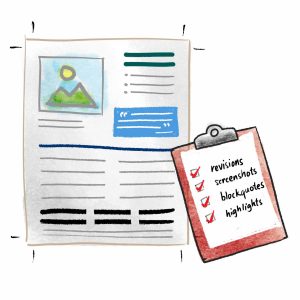
- Use only credible sources: To provide detailed industry analysis and be seen as a thought leader, it is crucial to use reliable sources of information when creating your whitepapers. Just stay away from secondary sources. Using them lowers the significance of your reports.
- Back up all claims with data: Don’t just theorize your whitepaper. Use data why possible to support your claim. Doing so make your argument more authoritative.
- Follow a logical format: How you structure your white paper is very crucial. Start with a very informative into, then break up the main body into different relevant sections. Remember also to add subheadings and finally wrap up with a solid conclusion that supports your arguments.
You will need a white paper if your goal is to:
- 400;”>Generate leads
- Distribute research to your target audience
- Become an industry thought leader
Check out this example for more information.
What is an eBook?
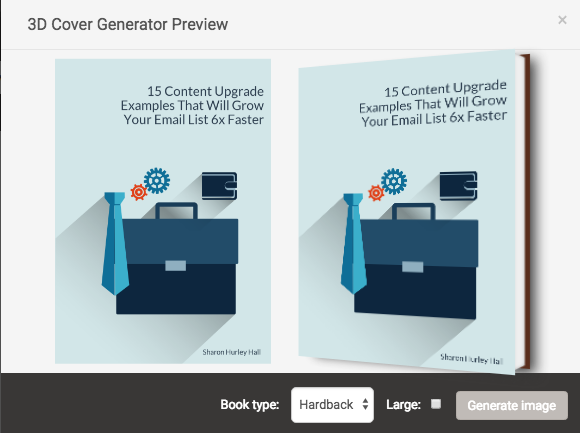
What comes to your mind when you see the word eBook? You probably think it is a specific reference to a story or novel that you can access via an electronic device, right? While this is true, in the content marketing world, an eBook is more than a specific reference. It is a valuable asset.
It is an asset that is filled with illustrations and quick takeaways. Although it resembles a book because it has dedicated pages breaks, helpful design and a table of content, its main focus is to educate readers.
When to use eBooks?
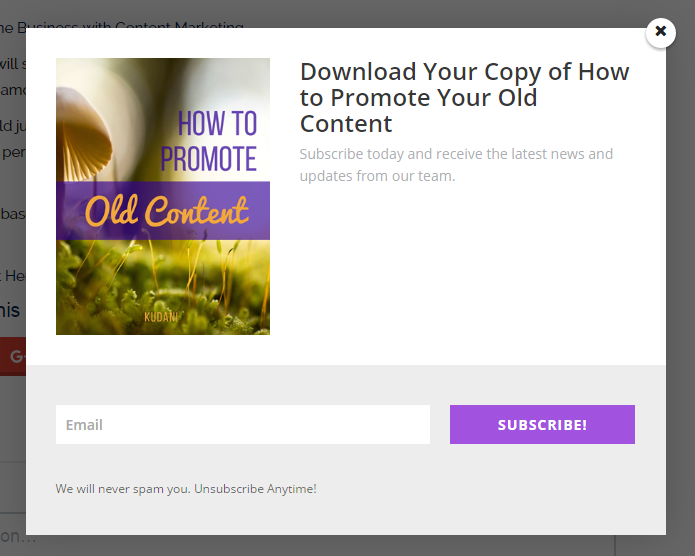
Now let’s have a look at when it is appropriate to use eBooks:
- When you want more straight, to-the-point content
We have seen a whitepaper are an excellent option when you want to provide detailed information. What about when you want to share more straightforward information? If you have more straight-to-the-point information, or you have the information you can break down into smaller chunks, then an eBook is the best tool.
Again, if you know your readers are not ready to read an entire whitepaper, then it is ok to use an eBook.
- When you want to engage your prospects
Sometimes it can be argued that whitepapers equally contribute to providing engagement for readers. While this is true, eBooks play a big role. They help you connect more effectively with your visitors.
In fact, according to Gallup, customers who feel more engaged by a brand are more likely to spend more. That is a good reason to show why you need to focus on boosting engagement. Luckily, eBooks come in handy.
- When visuals help convey the message
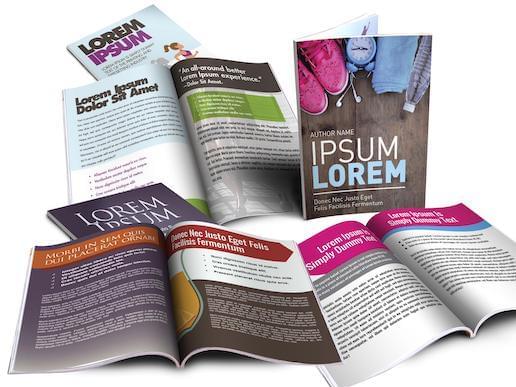
Do you have data or information you want to share in the most appealing way? Or in a manner, that information will grab the attention of your readers? If so, then an eBook is your best bet. Working closely with a design team, you can create an effective eBook and one that will help you stand out from the competition.
In fact, according to QuickSprout, content that contains more images gets 94% more views than content without visual pieces.
How do you create an eBook?
We wrote an amazing guide on How to Make an Ebook in 5 Steps, but for the sake of this article and brief rundown, we’ll show you how you can create your own ebook.
Just like when creating a whitepaper, you need first to research a relevant topic that speaks to your target audience.
We wrote an article on How To Write an eBook in 7 Steps if you want to learn in-depth.
Next, you outline each chapter of the book where you incorporate industry information, data, statistics and quotes that are related to the story you are trying to tell.
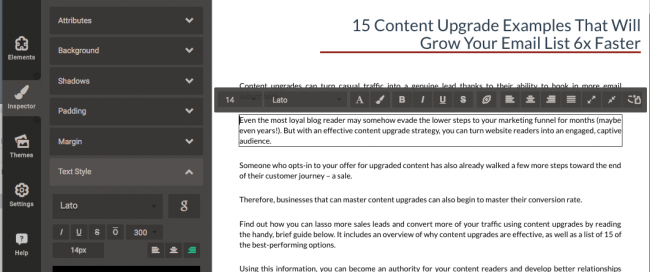
Then you move to the design process where you decide which color, images, graphics and so on that work for you. Below are some considerations to keep in mind:
- Use fonts, colors, and illustrations that align with your existing brand.
- Decide whether custom illustration or still photography best conveys your message.
- Use metaphorical language or data points in the copy to inform design cues.
- Try to keep each unique concept to its own page for better flow.
- Create a branded front and back cover page.
If you need help creating an ebook, try href=”http://wp.designrr.co/ebook-creator/”>Designrr ebook creator.
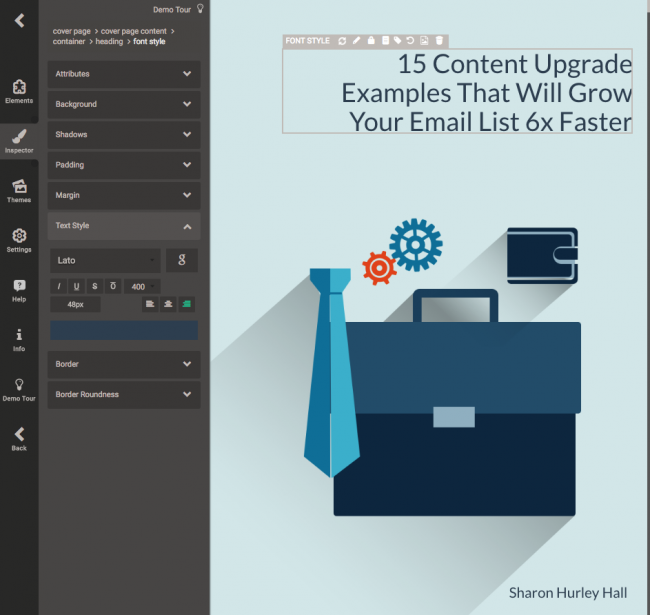
Finally, you must come up with a catchy conclusion. Unlike a whitepaper, an eBook is an excellent asset when you want to engage your prospects. So consider ending with attractive and catchy words like “For more information, contact us today.” In other words, it is ok to include a call-to-action or a clear advertisement when wrapping up your eBook.
You will need an eBook if your goal is to:
- Boost lead generation.
- Introduce your audience to a new concept or service.
- Provide information in a visually satisfying way.
- Turn a difficult topic into something that’s easier to comprehend
Here is a good example of an eBook you can go through.
Want to learn How to Promote your eBook?
Conclusion
There is no right or wrong choice. Understanding your goals will help you decide which option works best for you. If you are more interested in providing a solution to existing problems, a whitepaper is the best option. If looking for an asset that is more creative and visually appealing to your readers, then an eBook will not disappoint.
Also, while both whitepapers and eBooks are excellent marketing tools widely used, it is crucial to know when it is appropriate to use each. Hopefully, this post was helpful. Did you find it worth it? For more information, feel free to contact us.
